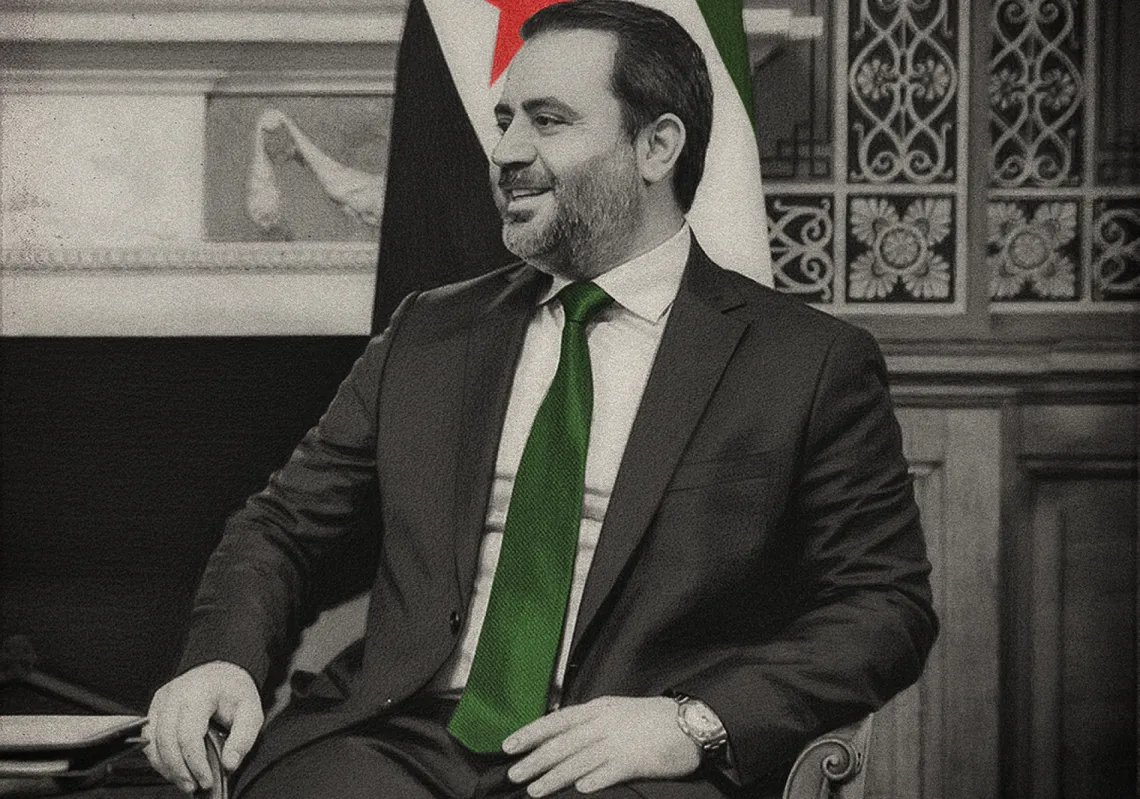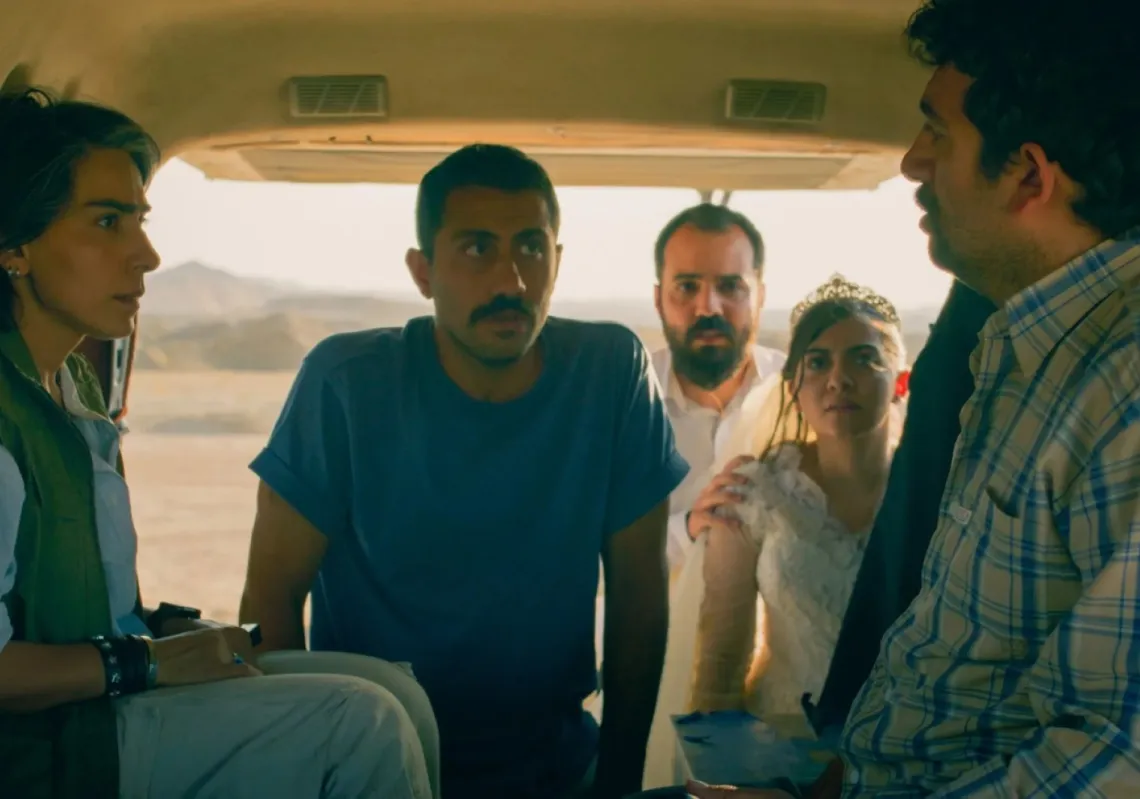For the past decade, Israel has been targeting Iranian assets and personnel in Syria. Through hundreds of airstrikes, Israel has repeatedly attacked the Iranian Revolutionary Guard Corps Quds Force positions, as well as the theocracy’s Palestinian, Iraqi, and Lebanese proxy militias operating on Syrian territory.
Israel’s forward-leaning kinetic campaign was a novel, effective, and relatively cost-free approach to limiting Tehran’s military inroads into Syria. In the aftermath of 7 October and Hezbollah’s subsequent involvement in the war, Israel adopted a similar strategy in Lebanon to push the militia’s Radwan forces off its northern frontier.
Now, it appears Israel is extending its operations to Iraq, targeting Iranian-backed Popular Mobilisation Forces. These so-called Hashd militias have been firing drones into Israel since the war in Gaza started and may have participated in Tehran’s unprecedented 13 April attack on the Jewish State.
On 20 April, Israel reportedly hit a Hashd base in Iraq, killing a commander.
Israel’s proactive and provocative military approach in Syria and, more recently, in Iraq and Lebanon represents a unilateral change in the rules of the game—the longstanding tacit understandings between Israel and its Iranian-tied adversaries over rules of military engagement intended to limit escalation.
The gambit was largely successful in preventing the establishment of Iranian forward missile bases and Hezbollah positions in Syria and eventually in removing the most proximate Hezbollah surprise attack threat along the border with Lebanon. This tack will likely raise the cost for Iran’s Iraqi proxies as well.
After 1 April, when Israel killed a top-ranking IRGC Quds Force general at a professed Iranian diplomatic facility in Damascus, Tehran also opted for a revision of terms with Israel. The starkest aspect of Tehran’s new approach is its demonstrated willingness to attack Israel directly from Iranian territory.

Read more: Shadow war no more: How will the new Iran-Israel power dynamic affect the region?
Unprecedented attack
Although telegraphed days in advance, the launching of over 300 drones and ballistic missiles from Iran toward Israel constituted an unprecedented development in the previously “grey zone” warfare Tehran has waged against Israel via its proxies in recent decades.
Less noted, but perhaps equally as significant, is Iran’s new ambitious declaratory policy regarding Israeli strikes in Syria and elsewhere in the region.
On 2 April, a day after the Iranian attack on Israel, IRGC commander Hossein Salami announced a “new equation” whereby “henceforth, any assault by (Israel) on our people, property, or interests will trigger a reciprocal response originating from within the Islamic Republic of Iran.”
The new Iranian equation is far-reaching and vague. Essentially, though, it suggests at a minimum that Israeli targeting of Iranian forward positions in Syria could elicit direct retaliation, presumably by drone or missile attack, from Iranian territory.
Less clear is whether Israeli strikes on Hezbollah in Syria or Lebanon—or against the Hashd in Iraq—will be considered an “assault on (Iranian) interests.”
Read more: Israel-Iran escalation sends region into unchartered territory
On 19 April, Israel responded to the Iranian salvo with a limited strike against a military facility in Isfahan, a retaliatory assault carefully calibrated to avoid casualties, extensive damage, and further escalation. The strike was intended as a message to Tehran that Iranian air defences could be easily breached.











